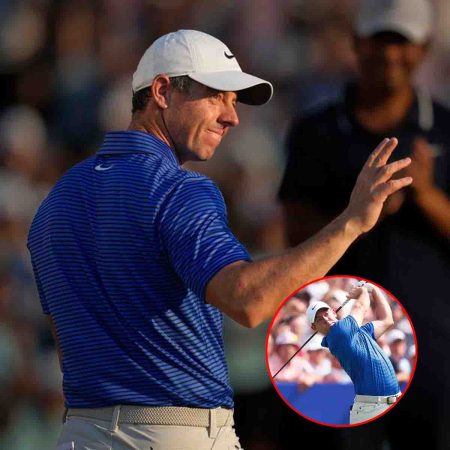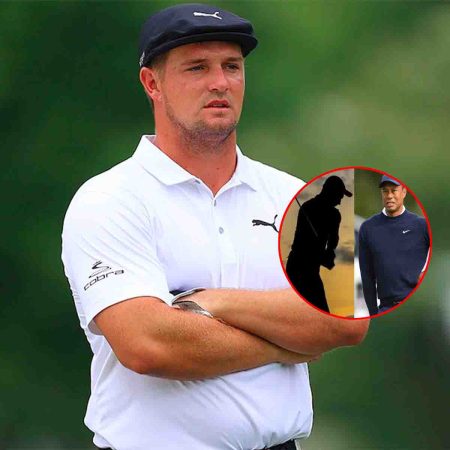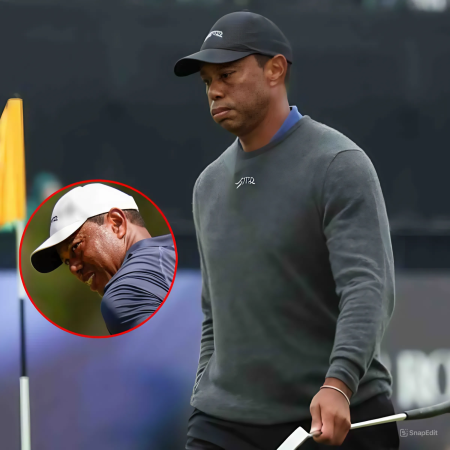Jürgen Klopp’s latest Liverpool change was borne of necessity, but Darwin Núñez nonetheless stands to be a major beneficiary, and could finally take off.
If transfer rumors are the most valuable commodity in the football content mines, looking at big teams who are struggling might be second on the list. For the last few years, every time you switched on BBC Five Live there was always a group of men pontificating upon the demise of Manchester United.
“This is Manchester United Football Club, you know” they’d start, and drone on from there. But the schadenfreude era for Liverpool fans looks to be over, with their side very much in the doldrums and their fierce rivals from down the M62 finally heading in the right direction.
It’s now the Reds who are under the spotlight on a regular basis. A recent article from Sky Sports used a multitude of metrics to try to pinpoint what exactly has gone wrong for the Reds in 2022/23. It looked at data both across the team and on a player level. There was something in the section on Darwin Núñez which proved thought-provoking in light of Jürgen Klopp’s recent tactical change.

The analysis inevitably focussed on the Uruguayan forward’s missed chances, as they always draw the most attention from fans and pundits. At the time of writing, Núñez had the sixth-biggest difference between expected goals and goals scored, though as he has a bigger xG figure than eight of the top 10, he’ll be further down the standings in proportional terms. Hopefully there’s an explosive regression to the mean in his future, just as there was for his countryman Luis Suárez after he suffered a similar campaign for the Reds 11 years ago.
Time will tell for Núñez, but there’s reason to think the latest style of play employed by Liverpool may assist his quest to get back on goal-scoring track. The Sky Sports article also contained a scatter graph of Premier League players’ shots and non-penalty expected goals per 90 minutes.
That alone would not have been too insightful with Núñez, at least to anyone who follows the Reds closely, as it’s clear he’s a shot monster. But the chart also illustrated how many fast break (counter attack) shots each player averages, and there are few who get close to the Liverpool forward.
Núñez has averaged 0.6 fast break shots per 90 minutes in his debut campaign in English league football. To put that into context, only 33 of the 98 teams in Europe’s big five leagues average that many, never mind players (per WhoScored). If we look at individuals, then Núñez is top in England, France, Germany, Italy and Spain among players with at least 900 minutes, and joint-19th for all sample sizes, no matter how small.
The only pity is that none of them have led to a goal. Two were squandered in the win over Manchester City, with one each against Tottenham, Aston Villa, Leicester and Chelsea. Núñez scored four counter-attack goals for Benfica, so he’s clearly capable of converting such opportunities.
At this point it’s worth looking at Opta’s definition of what constitutes a fast break: “an attempt created after the defensive [side] quickly turn defense into attack winning the ball in their own half.” There was a time when Liverpool was more likely to do the final part of this sentence from an opposition corner than in general play.
However, since the 3-0 debacle defeat at Brighton, Klopp has instructed his troops to play in a mid-block with far less emphasis on pressing high to win the ball. This means they will be more likely to recover possession in their own half than they were, with the opposition defensive line being higher and riper for a counter attack. And even if a move doesn’t meet Opta’s criteria to be classified as such, greater space for Núñez to run into will be there all the same.
Klopp’s latest tactical tweak should work better for the Reds’ number 27 than just about anybody else. Sit back and watch the sparks fly.









